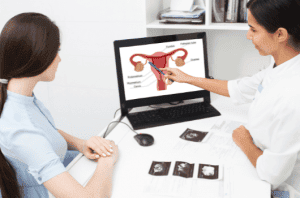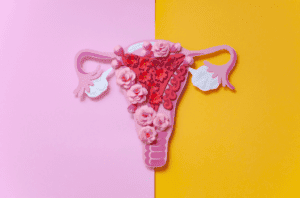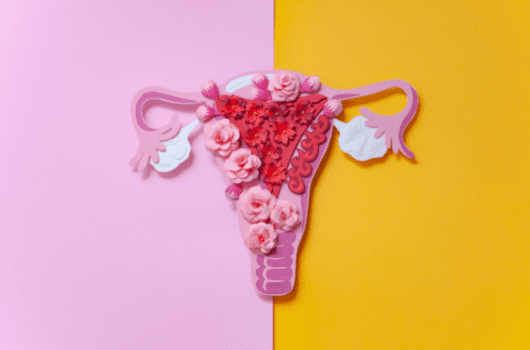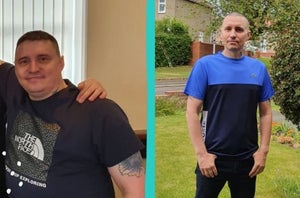
This week marks the end of March which, of course, means the end of Endometriosis Awareness Month. With 1 in 10 women affected in the UK, Endometriosis (or Endo as you might know it) is one of the most common but least talked about conditions in the UK.
To end the month, we’re dedicating today’s blog to all things Endo, with details on how to spot the signs as well as managing your diagnosis. Let’s find out more...
What is Endometriosis?
It’s a question we’ve all definitely thought at least once in our life, what is Endometriosis? Sadly, like most female-related issues, Endo has been made to feel like a taboo topic which is why so many of us don’t actually know the answer. But don’t worry- we're here to explain everything you need to know!
Check out our exclusive video from Dr Frankie where she explains the effects of Endo...
Endo is a long-term condition where tissue similar to the lining of the uterus (called ‘endometrial tissue’) begins growing in other places such as the ovaries or pelvic region.
Just like endometrial tissue, this excess tissue thickens, breaks down and bleeds with every menstrual cycle. But since it is not within the uterus’ walls, it becomes trapped which can cause pain, discomfort and even fertility complications.
What are the first signs of Endometriosis?
Although the symptoms are very different for any female or person with a uterus, there are some common signs that could indicate that you are suffering. These include things like:
Pain in the lower back or pelvic region (particularly during periods)
Pain with intercourse, bowel movements or urination
Fertility complications and difficulties getting pregnant
Fatigue, bloating and nausea
What causes Endometriosis?

Even though we’re beginning to learn so much more about Endo, we still aren’t sure what causes it. But there are some factors which could contribute, such as:
Genetics
Sadly, if your Mum or someone else in your family suffers from Endo, your risk can be increased.
Immune system disorders
If you suffer from a weaker immune system, there could be an increased risk in the growth of ‘Endo cells’ outside of the uterus.
Can I cure my Endo?
Although there is no definite cure for Endo just yet, there are plenty of ways you can manage your symptoms, including:
Changing your diet
Recent research has found that women with a diet higher in Omega-3 were less likely to develop Endometriosis, due to its anti-inflammatory properties that may also manage pain.
exante's Omega-3 Softgels are a super convenient way to increase consumption of Omega-3 and consume more EPA & DHA to support your heart¹. These essential fatty acids cannot be produced by our body, so they are an important addition to your diet. For maximum benefits, we recommend consuming 1 Softgel daily.
Reduce your stress levels
Studies have shown that stress can make your Endo symptoms even worse, especially when it comes to painful periods!
Big coffee drinker? High levels of caffeine can actually increase the stress levels in our bodies by increasiing our stress hormone.
Don’t worry- you can still enjoy a morning refresh minus the caffeine thanks to our caffeine-free multivitamin BURST energy drinks. Guaranteed to lift your mood, without the jitters, check out the range below:

Although symptoms of Endometriosis vary, living with a chronic condition can be tricky. Here at exante, we want to support you every step of the way. That’s why we’ve got our very own supportive Closed Group on Facebook. Great for sharing stories, tips and transformations, our Closed Group has got all the support you need to start your exante journey.
Some handy resources...
Endometriosis - NHS (www.nhs.uk)
Always consult your GP before starting any treatment or making any dietary changes.









